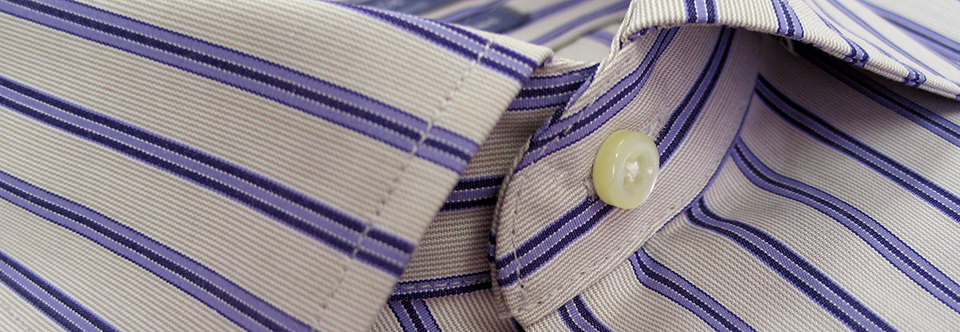"Oak Forest Cleaners has been serving Little Rock for over 60 years"
A Tradition of Quality and Innovation
Laundry
Over the years we have honed our laundry process to keep your shirts and pants looking great everyday. By using the proper detergents and water temperature your clothes will get cleaner and last longer. We personally inspect all of our laundry garments before putting together your order. Buttons are replaced, your collar stays are returned to you, and if you are traveling or just need to save some closet space we can fold and box your shirts by request.
Dry Cleaning
We are so excited to announce our new dry cleaning machine and solvent, the System K4. It provides environmentally safe, superb cleaning . This is the biggest thing to hit the dry cleaning industry in 40 years and Oak Forest Cleaners & Laundry is the only dry cleaner in Arkansas to have this new technology!
- Non-toxic, non-hazardous material.
- Biodegradable solvent : eco-friendly
- excellent cleaning quality
- dermatologically tested skin friendliness with the result “Very Good”
- unpleasant odors are a thing of the past. Textiles cleaned with SYSTEMK4 are absolutely odorless. An important aspect for persons who are very sensitive to odors.









